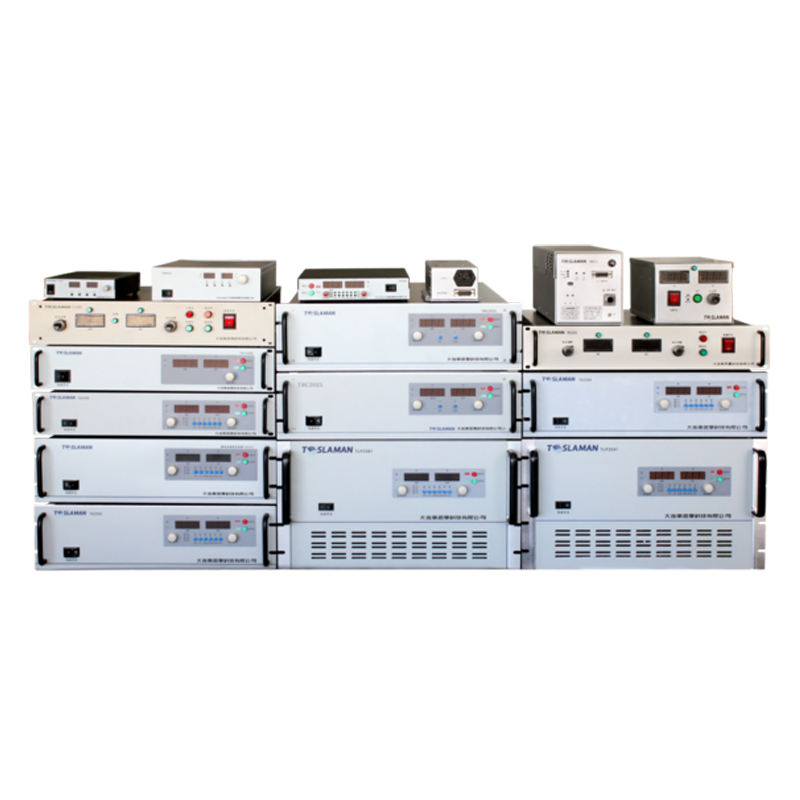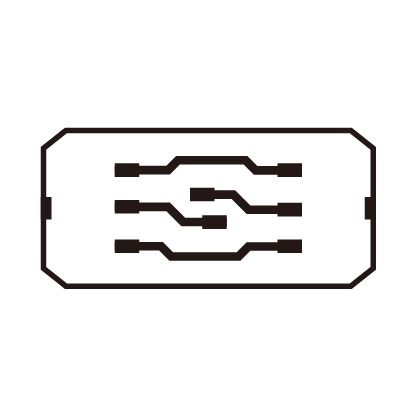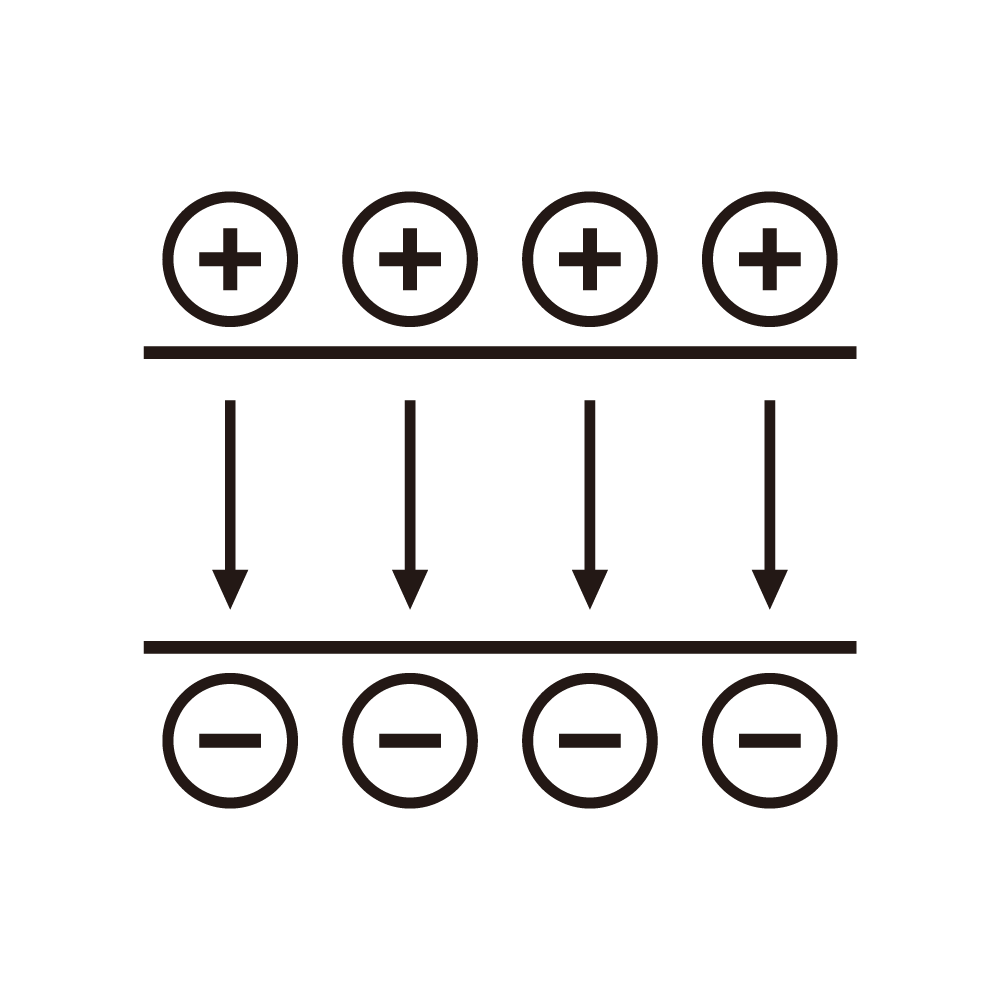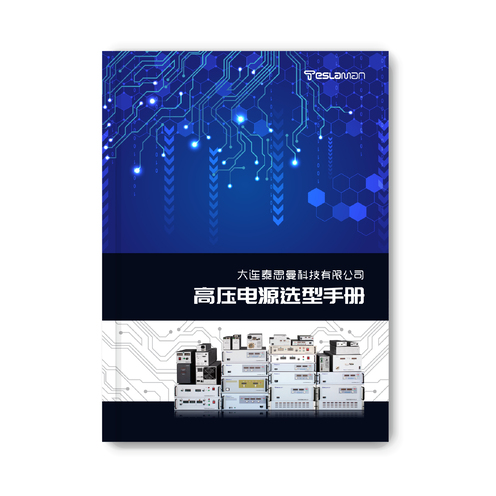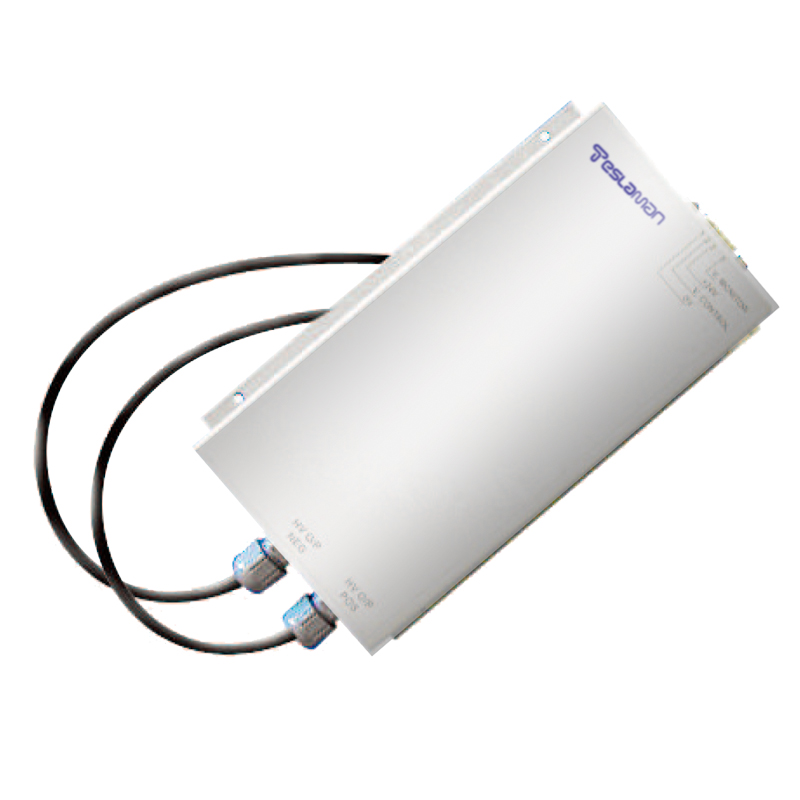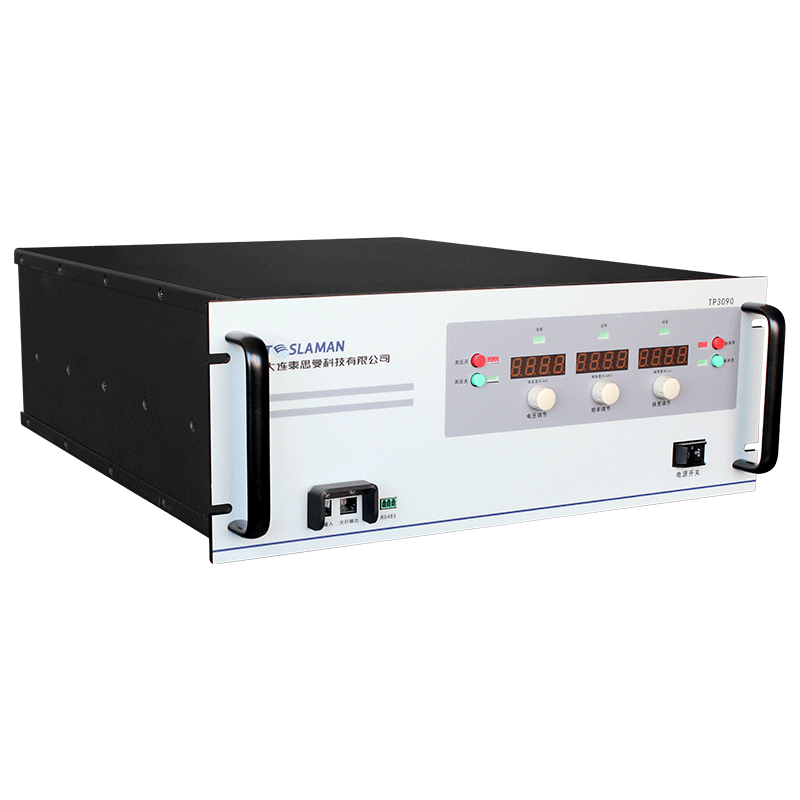The Precision of High-Voltage Power Supplies for Non-Destructive Testing: Technical and Application Analysis
Introduction
Non-Destructive Testing (NDT) is a technology that evaluates the internal structure, performance, or defects of an object without causing damage. It is widely used in aerospace, energy, rail transportation, medical equipment, and manufacturing industries. High-voltage power supplies, as one of the core components of NDT equipment, directly influence the reliability and accuracy of test results. This article explores the precision of high-voltage power supplies for non-destructive testing from three aspects: technical principles, precision requirements, and practical applications, while analyzing optimization strategies.
1. Technical Characteristics of High-Voltage Power Supplies for Non-Destructive Testing
Non-destructive testing technologies mainly include radiographic testing (such as X-rays and γ-rays), ultrasonic testing, eddy current testing, and magnetic particle testing. Among these, radiographic testing has particularly high demands for high-voltage power supplies because its core equipment (e.g., X-ray tubes) requires high voltage to generate high-energy radiation. The main technical characteristics of high-voltage power supplies in non-destructive testing include:
1. High Voltage Output
Non-destructive testing often requires high voltages ranging from several thousand volts to hundreds of thousands of volts to excite radiation sources or drive other testing equipment. For example, in industrial X-ray testing, the voltage range typically falls between 50kV and 450kV.
2. High Stability
Fluctuations in the output of high-voltage power supplies can directly affect the energy distribution of radiation, thereby reducing the quality of detection images. Therefore, the power supply must exhibit extremely high long-term stability and low ripple characteristics.
3. Precise Adjustment Capability
Different materials and thicknesses of objects being tested require different radiation energies, necessitating fine voltage adjustments from the high-voltage power supply, typically with a resolution of 0.1% or higher.
4. Fast Response Capability
In dynamic testing scenarios, high-voltage power supplies need to quickly adjust output parameters to adapt to real-time changes in testing requirements, such as multi-energy mode switching or multi-layer material testing.
5. Safety Protection Mechanisms
During operation, high-voltage power supplies may face risks such as overvoltage, overcurrent, or short circuits. Comprehensive protection circuits are required to ensure the safety of both equipment and operators.
2. Precision Requirements for High-Voltage Power Supplies in Non-Destructive Testing
Non-destructive testing imposes strict precision requirements on high-voltage power supplies, primarily in the following areas:
1. Precise Control of Output Voltage
Non-destructive testing equipment is highly sensitive to the control of radiation energy. Any minor voltage fluctuation can lead to changes in radiation intensity, affecting image quality. Therefore, high-voltage power supplies need to achieve precise voltage output through closed-loop feedback control systems. For example, in X-ray testing, even slight deviations in voltage can result in reduced image contrast or increased artifacts.
2. Ripple Suppression
The output ripple of high-voltage power supplies introduces noise signals that interfere with the accuracy of radiographic testing. To reduce ripple, multi-stage filter circuits and efficient voltage stabilization techniques are typically employed. Additionally, the application of digital control technology can further enhance ripple suppression.
3. Temperature Compensation
Changes in ambient temperature can significantly impact the performance of high-voltage power supplies. For instance, high temperatures may cause drift in electronic component performance, affecting the stability of output voltage. Therefore, modern high-voltage power supplies are usually equipped with temperature sensors and compensation circuits to dynamically adjust output parameters.
4. Dynamic Response Speed
In some complex testing scenarios, it may be necessary to quickly switch radiation energy to accommodate the testing needs of different materials or thicknesses. The dynamic response speed of high-voltage power supplies determines the smoothness and efficiency of the switching process. For example, in multi-layer composite material testing, rapid switching capabilities can significantly improve testing efficiency.
5. Calibration and Standardization
To ensure the precision of high-voltage power supplies, regular calibration and standardization are essential. The calibration process typically uses highly accurate standard measurement instruments, such as digital multimeters (DMMs) or standard voltage sources, to verify whether the actual output values meet design requirements.
3. Practical Applications of High-Voltage Power Supplies for Non-Destructive Testing
The precision of high-voltage power supplies for non-destructive testing exhibits diverse characteristics in different application scenarios. Below are several typical application cases:
1. Industrial X-Ray Testing
In the industrial field, X-ray testing is widely used for weld quality assessment, casting defect detection, and pipeline corrosion monitoring. The precision of high-voltage power supplies directly affects the clarity and resolution of radiographic images. For example, in the testing of aviation engine blades, high-precision high-voltage power supplies can capture cracks or pores at the micron level.
2. Medical Imaging Equipment
Medical X-ray machines and CT scanners rely on high-precision high-voltage power supplies to power X-ray tubes. The stability and precision of the power supply are directly related to imaging quality and diagnostic accuracy. For example, in mammography, the demand for low-dose, high-resolution imaging places higher requirements on high-voltage power supplies.
3. Materials Science Research
In the field of materials science, non-destructive testing technology is used to study the internal structures of new alloys, composite materials, and nanomaterials. By optimizing the output parameters of high-voltage power supplies, precise characterization of microscopic defects in materials can be achieved. For example, in the testing of nuclear reactor materials, the precision of high-voltage power supplies determines whether irradiation damage can be accurately assessed.
4. Energy Industry
In the energy sector, non-destructive testing technology is used for the inspection of nuclear power plant pressure vessels, oil pipelines, and wind turbine blades. The precision of high-voltage power supplies not only affects the reliability of test results but also relates to the safe operation of equipment. For example, in nuclear power plant weld inspections, the stability of high-voltage power supplies can effectively reduce false detection rates.
4. Optimization Strategies for the Precision of High-Voltage Power Supplies in Non-Destructive Testing
To further enhance the precision of high-voltage power supplies for non-destructive testing, optimizations can be made in the following areas:
1. Intelligent Control
Introduce artificial intelligence algorithms to automatically adjust the operating parameters of the power supply based on real-time monitoring data, reducing human intervention. For example, machine learning can predict load changes and pre-adjust output voltage accordingly.
2. Modular Design
Divide the power supply into multiple functional modules for flexible configuration and expansion according to specific needs. For example, adding independent pulse generator modules to support more complex testing requirements.
3. Efficient Thermal Management
Heat generated during the operation of high-voltage power supplies may affect their stability, so thermal design needs to be optimized, such as using a combination of liquid and air cooling.
4. Electromagnetic Compatibility Improvements
Electromagnetic interference may occur during the operation of high-voltage power supplies, affecting the normal operation of other equipment. By optimizing circuit layout and shielding measures, interference can be effectively reduced.
5. Redundant Design
Introducing redundancy in key components (such as switching elements and controllers) enhances system reliability and fault tolerance.
5. Conclusion
The precision of high-voltage power supplies for non-destructive testing is a critical factor in determining test quality and efficiency. By reasonably planning each stage of the operation, optimizing design, and combining it with practical application scenarios, the performance of non-destructive testing systems can be significantly improved. With the continuous emergence of new materials and processes, the technology of high-voltage power supplies will continue to evolve, bringing more possibilities to non-destructive testing technology. In the future, intelligent, modular, and efficient power supply designs will become mainstream trends, driving non-destructive testing technology to new heights.
